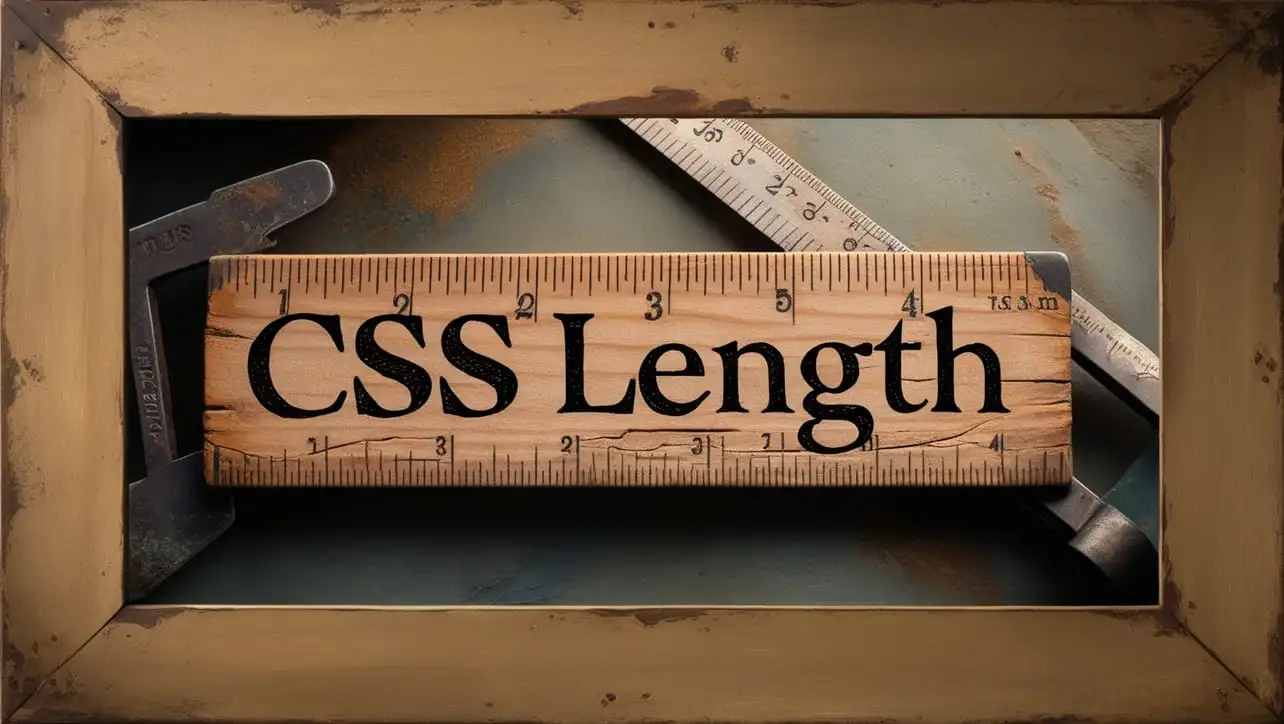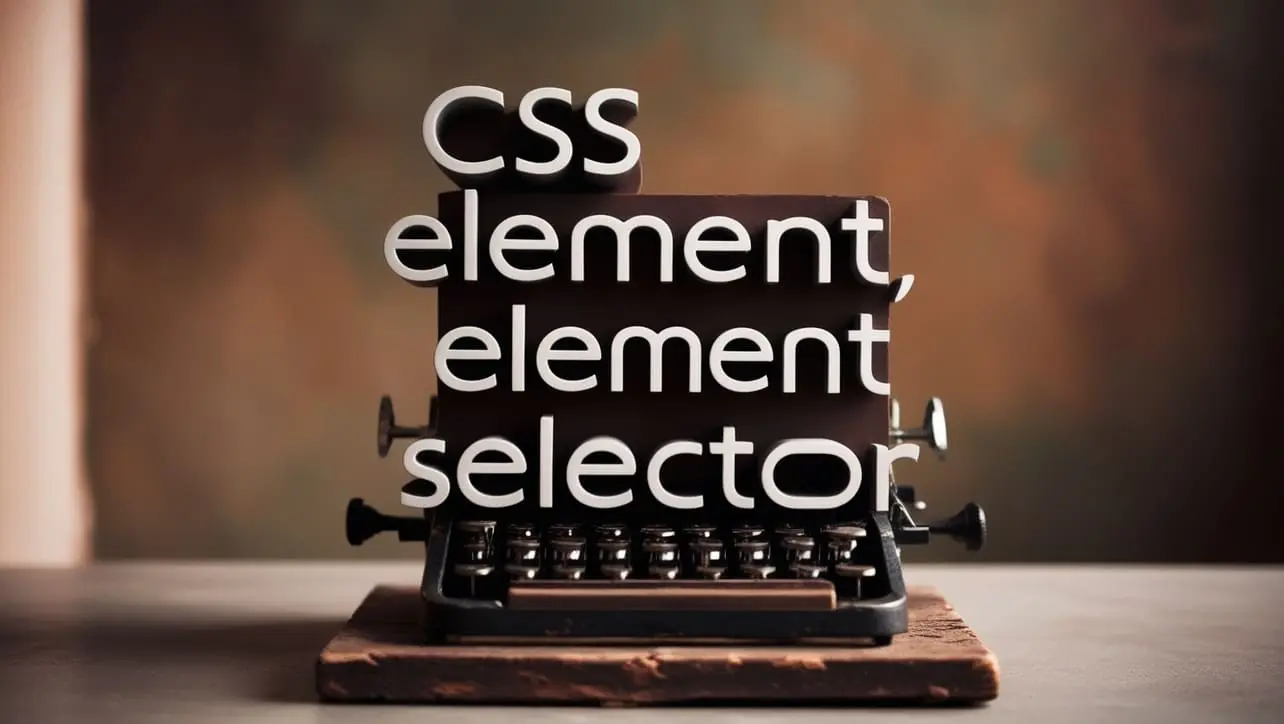
CSS Topics
- CSS Intro
- CSS How To
- CSS Editors
- CSS Properties
- CSS Selectors
- .class
- .class1.class2
- .class1 .class2
- #id
- * (all)
- element
- element.class
- element,element
- element element
- element>element
- element+element
- element1~element2
- [attribute]
- [attribute=value]
- [attribute~=value]
- [attribute|=value]
- [attribute^=value]
- [attribute$=value]
- [attribute*=value]
- :active
- ::after
- ::before
- :checked
- :default
- :disabled
- :empty
- :enabled
- :first-child
- ::first-letter
- ::first-line
- :first-of-type
- :focus
- :fullscreen
- :has()
- :hover
- :in-range
- :indeterminate
- :invalid
- :lang()
- :last-child
- :last-of-type
- :link
- ::marker
- :not()
- :nth-child()
- :nth-last-child()
- :nth-last-of-type()
- :nth-of-type()
- :only-of-type
- :only-child
- :optional
- :out-of-range
- ::placeholder
- :read-only
- :read-write
- :required
- :root
- ::selection
- :target
- :valid
- :visited
- CSS Comments
- CSS Length
- CSS Image Sprites
- CSS Grid Layout
- CSS Grid Flexbox
- CSS @charset Rule
- CSS @font-face Rule
- CSS @import Rule
- CSS @keyframes Rule
- CSS @media Rule
CSS element+element Selector

Photo Credit to CodeToFun
🙋 Introduction
The element+element selector in CSS, also known as the adjacent sibling selector, is used to select an element that is directly preceded by a specified element.
This selector is useful for styling elements that are positioned next to each other in the document structure, allowing for targeted styling without affecting other similar elements.
💡 Syntax
The signature of the element+element Selector is as follows:
element1 + element2 {
/* CSS properties */
}In this syntax, element1 is the first element, and element2 is the adjacent element that will be styled if it immediately follows element1.
📝 Example
Here is an example of how to use the element+element selector in CSS:
☠️ HTML
<!DOCTYPE html>
<html lang="en">
<head>
<meta charset="UTF-8">
<meta name="viewport" content="width=device-width, initial-scale=1.0">
<title>CSS element+element Selector Example</title>
<link rel="stylesheet" href="styles.css">
</head>
<body>
<h2>Section Title</h2>
<p>This paragraph is adjacent to the heading.</p>
<p>This paragraph is not adjacent to the heading.</p>
</body>
</html>🎨 CSS
h2 + p {
color: blue;
font-weight: bold;
margin-top: 0;
}In this example:
- The paragraph immediately following the
<h2>heading will be styled with blue text and bold font weight. - Any other paragraphs that do not directly follow an
<h2>will not be affected.
💬 Usage Tips
- The adjacent sibling selector only targets the first sibling that follows the specified element. If you need to select all following siblings, consider using the general sibling selector (
element ~ element). - Combine
element+elementwith other selectors for more specific targeting, such as classes or IDs (e.g.,.class1 + h2).
⚠️ Common Pitfalls
- Ensure that there is no whitespace or other elements between the two elements for the selector to work. The selector will not match if there are intervening elements.
- Be mindful of browser compatibility, though most modern browsers support this selector without issues.
🎉 Conclusion
The element+element selector is a powerful and efficient way to style elements based on their adjacent relationship in the DOM.
By utilizing this selector, you can create more dynamic and visually appealing layouts while maintaining a clean and organized CSS structure. This selector is an essential tool for web developers looking to enhance their styling techniques.
👨💻 Join our Community:
Author

For over eight years, I worked as a full-stack web developer. Now, I have chosen my profession as a full-time blogger at codetofun.com.
Buy me a coffee to make codetofun.com free for everyone.
Buy me a Coffee











If you have any doubts regarding this article (CSS element+element Selector), please comment here. I will help you immediately.
what is the use of this?
Please check the content under “Usage Tips” Section